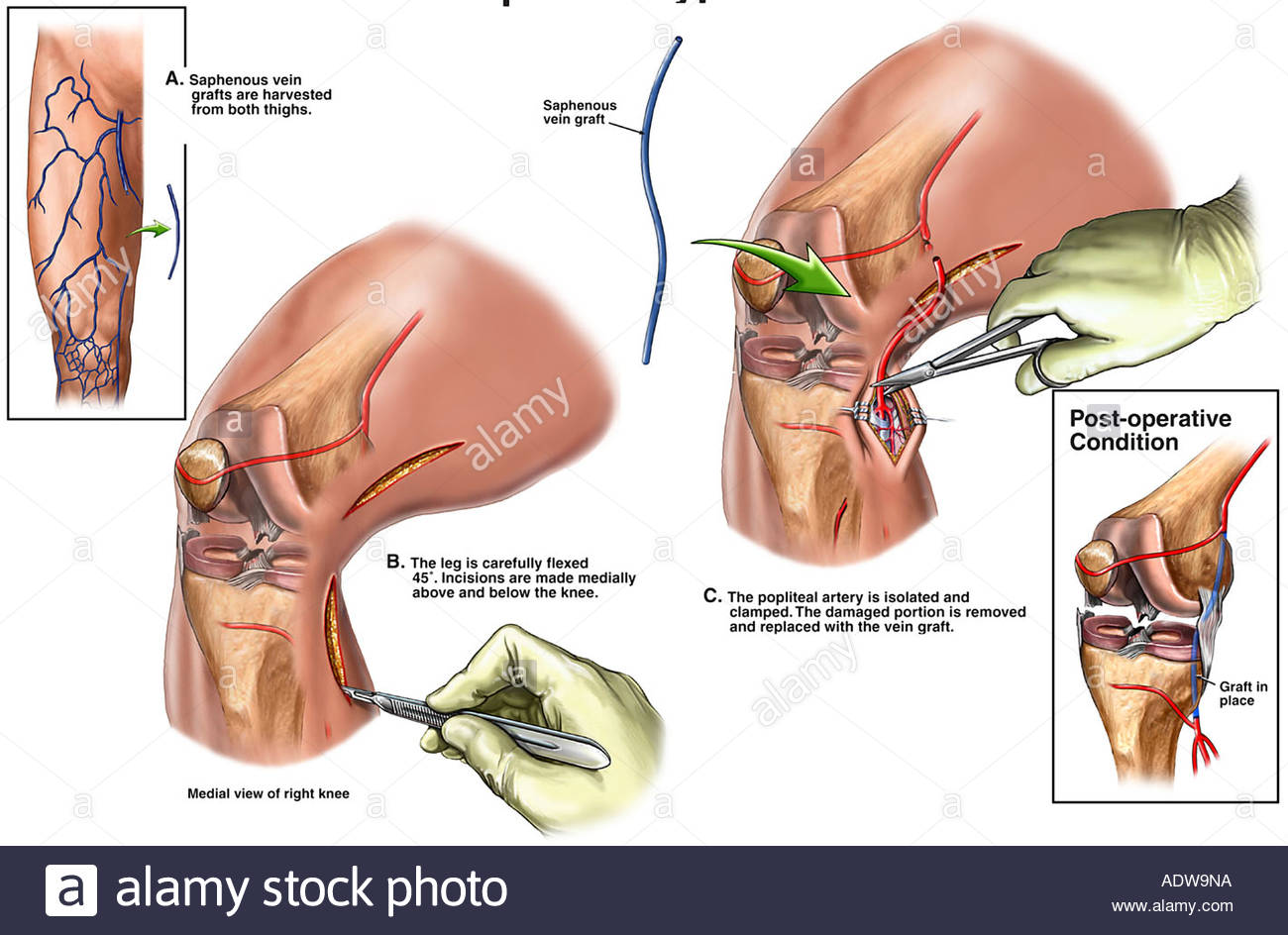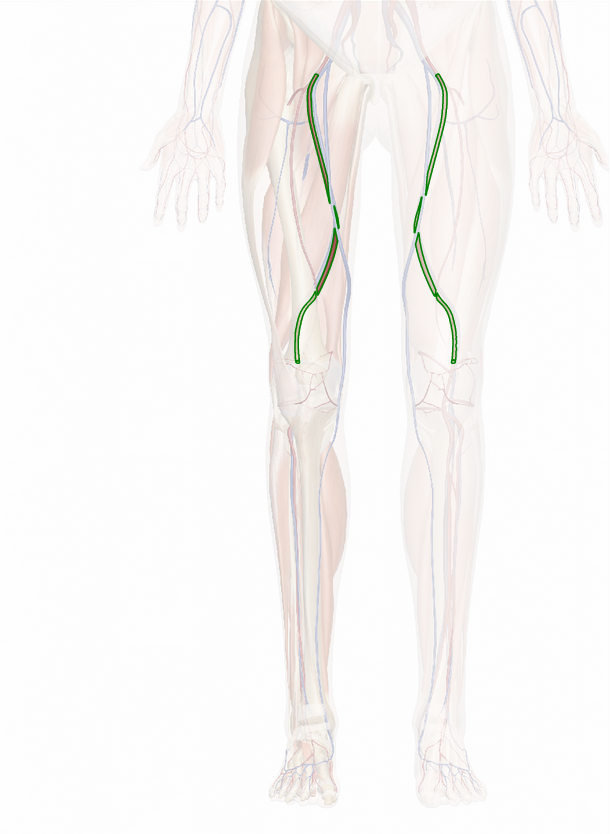What you need to know about Femoral Artery Bypass Surgery
Contents
- 1 What you need to know about Femoral Artery Bypass Surgery
- 2 What Does the Procedure Involve?
- 3 How Long Should You Stay at the Destination?
- 4 How Long is the Recovery Time?
- 5 What Aftercare Should You Consider?
- 6 What is the Success Rate for Femoral Artery Bypass Surgery?
- 7 Are there Alternatives to Femoral Artery Bypass Surgery?
- 8 What Should You Expect Before and After the Procedure?
Femoral artery bypass surgery is a surgical procedure to treat a blocked femoral artery (the largest artery in the thigh that supplies oxygen-rich blood to the leg). The surgery is often performed to improve walking for people who have severe atherosclerosis, intermittent claudication (leg muscle pain), or ischemic rest pain. It is also used as a medical intervention to save limbs that are at risk of amputation.
What Does the Procedure Involve?
The procedure is performed under general anesthetic (you are asleep during the operation) or local anesthetic. Your surgeon makes a large incision in the upper leg to access the femoral artery. Then, the graft (a vein taken from another area in the leg or a man-made graft) is attached below and above the diseased artery. Your blood is rerouted around the blockage through the graft.

How Long Should You Stay at the Destination?
You may need to stay in the intensive care unit (ICU) for a day or two and then moved to a regular hospital room for a few more days, usually around 4 to 5 days. Plan to stay in the local area for 14 additional days after you are discharged as you need to attend follow-up checkups where your surgeon will monitor your condition and remove the stitches. Sometimes, you need to also go to a rehab facility to help regain movement and strength.
How Long is the Recovery Time?
Allow three to four weeks off from work to recover, but avoid any strenuous activities, such as intense exercises and heavy lifting until your surgeon allows it. The total recovery period may take several months.
What Aftercare Should You Consider?
Your surgeon will likely give you detailed instructions on how to care for yourself at home, including dietary restrictions, exercises, and wound care. Walking is important during your early recovery periods to help reduce swelling and improve blood flow. You may need to undergo physiotherapy treatments to help you ease into walking and moving. After you have fully recovered, maintain a regular exercise and a healthy diet to prevent excessive strain on the leg arteries from weight gain.
What is the Success Rate for Femoral Artery Bypass Surgery?
Femoral Artery Bypass Surgery is generally safe and effective. However, always make sure you are aware of side effects and complications, including heart attack, bleeding, wound infection, irregular heartbeats, swelling of the leg, fluid in the lungs, blood clot in the leg, bleeding, nerve injury, and blockage in the graft.
Are there Alternatives to Femoral Artery Bypass Surgery?
If the blockage is not as severe or threatening, you can undergo an alternative instead, which are endarterectomy and percutaneous transluminal angioplasty, which are minimally invasive and offer shorter recovery time.
What Should You Expect Before and After the Procedure?
Before femoral artery bypass surgery, you may experience uncomfortable symptoms, infection, leg pain that interferes with your day-to-day activities, leg pain even when you are resting, and you might be in danger of losing your limb because of decreased blood flow. After the procedure, all of these problems should be gone.
To check prices or to book a Femoral Artery Bypass Surgery Procedure in Thailand or anywhere else in the world, head on over to MyMediTravel now!

